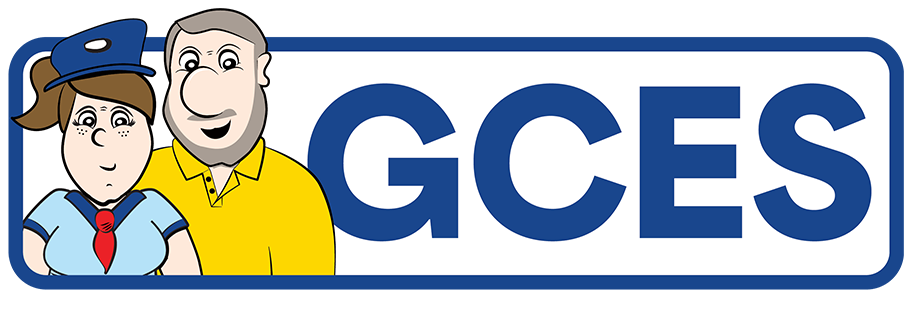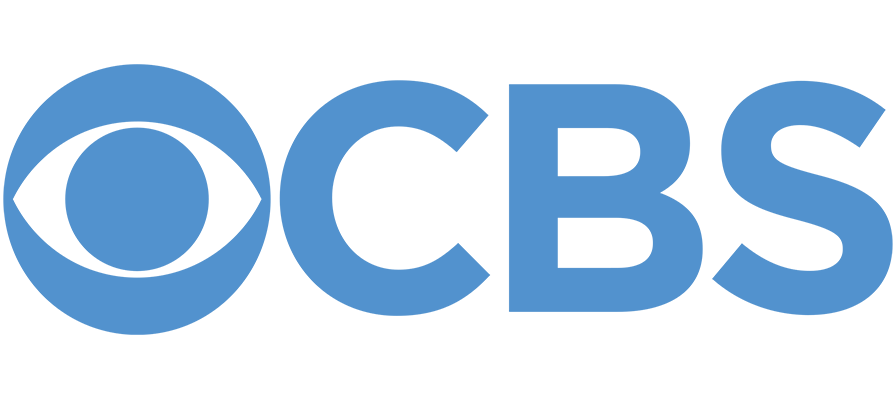 It seems like every month brings news of the latest financial app or hot investment strategy. However, chasing trends can result in an accumulation of accounts and an unfocused financial strategy.
It seems like every month brings news of the latest financial app or hot investment strategy. However, chasing trends can result in an accumulation of accounts and an unfocused financial strategy.
“It’s important not to keep all our eggs in one basket, but sometimes we have (too) many baskets,” says Gina McKague, owner and founder of McKague Financial in Livonia, Michigan.
You can make your money more manageable by using these seven steps to streamline your finances.
1. Create a financial plan.
2. Identify key accounts.
3. Consolidate and close unused or excess accounts.
4. Set bills to autopay.
5. Bucket your money.
6. Reconsider investments.
7. Use a comprehensive money management app.
Create a Financial Plan
Good money management starts with a sound financial plan. Having one will ensure you have the right accounts to reach your financial goals.
“If you don’t know what dinner you’re serving, you don’t know what recipe to use,” says Jeff Powell, managing partner and chief investment officer for Polaris Wealth Advisory Group, which is headquartered in San Rafael, California. In his analogy, your mix of accounts and investments make up the recipe that will result in the desired financial goals.
Finance professionals can help you create a personalized plan, but you can also create a document on your own. To create a basic financial plan, list your accounts, assets and debts and then prioritize your money goals.
Identify Key Accounts
Once you have written down your financial goals and listed all your existing accounts, identify which ones are key to achieving success. For instance, most people will need or want at least the following:
• Savings account
• Checking account
• Retirement account such as a 401(k) or IRA
• College savings account such as a 529 plan
• Rewards credit card
“Look for everything you have and put it all in one place,” says Galen Bargerstock, president of Government & Civil Employee Services LLC in Indiana, Pennsylvania.
If you have multiple accounts in the same category, decide which is the primary account you use most often and consider whether you need the rest. For instance, “It might be better to have one credit card with zero interest,” Bargerstock says.
Consolidate and Close Unused or Excess Accounts
Over time, you may have accumulated multiple accounts. Perhaps you opened a new credit card for its welcome bonus or signed up for a different savings account with a higher interest rate.
“That can be very burdensome,” says Stuart Chamberlin, president of Chamberlin Financial Inc. in Boca Raton, Florida. Having many accounts means juggling many passwords and monitoring many balances. “A lot of (goals) can be achieved with one good credit card or one good brokerage account,” he says.
It will simplify your money management if you consolidate balances and close extra accounts. This move can have other benefits as well.
“There’s the potential of identity theft,” Powell says. More accounts mean more opportunities for stolen data. And orphaned accounts could mean lost money if you forget you have a small balance being held at a rarely used institution.
Set Bills to Autopay
Missed payments can result in hefty late fees, penalty interest and other charges. So automating payments can not only simplify your life but save money too.
Automatic payments can be set up in two ways: either through your bank or directly with the payee. If you can select the day of the payment, be sure that it
corresponds to after a payday to ensure money is available in your checking account.
Bucket Your Money
Although it may seem counterintuitive, separating money into different accounts for various purposes can actually make money management easier. While you don’t want an overwhelming number of accounts, having a separate place for emergency savings or retirement funds makes it simple to track progress toward certain goals.
“The money we have left over at the end of the month, we need to electronically transfer it out,” McKague says. That avoids comingling cash and reduces the temptation to spend money intended for different purposes.
Keep log-in information for accounts in a folder to make it easy to access information and keep track of where money is stored.
Reconsider Investments
Don’t overlook the importance of simplifying investments as well. Unless you’re a sophisticated investor with lots of money, there is likely little reason to have more than one brokerage account, Chamberlin says.
Using multiple accounts could make it difficult to ensure you have the proper mix of investments to meet your goals and match your risk tolerance. Plus, using more than one financial advisor could result in conflicting advice.
Chamberlin recommends people also review the funds where their money is invested. “A lot of people have multiple mutual funds that have the same objective,” he says. It may be easier – and cheaper – to put money in two to three low-cost ETFs instead.
Use a Comprehensive Money Management App
Once you have your accounts organized, investments streamlined and monthly payments automated, use an app to keep tabs on everything going forward.
Your financial adviser may be able to provide access to the eMoney app, Chamberlin says. While the software is designed for professionals, it includes a client portal that allows people to securely store sensitive documents, aggregate accounts and track progress toward goals.









